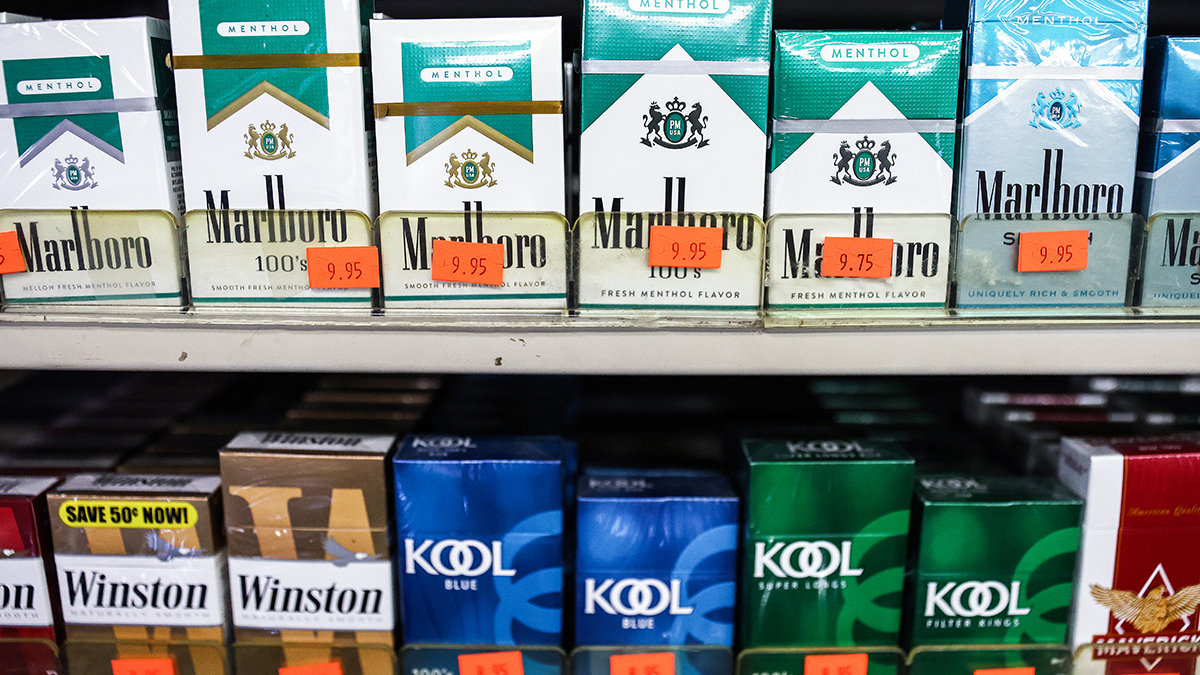New FBI data shows there has been a spike in reported rapes in the four years since the agency changed its definition of rape, but experts remain unsure how to interpret the numbers.
The FBI’s annual crime report, released last week, showed an almost 20 percent increase in the number of reported rapes since 2013.
The report adds to a growing national conversation about sexual assault incidents and reporting, following Christine Blasey Ford's accusations that Supreme Court nominee Brett Kavanaugh sexually assaulted her 36 years ago, allegations that Kavanaugh denies.
Although the FBI data seems to show an increase in the number of rapes, on a more nuanced level, the new statistics reflect the struggles law enforcement agencies experience in quantifying incidents that often go unreported.
The 2017 Crime in the United States report found a 19.4 percent increase in the number of reported rapes since 2013. It also shows a 0.9 percent decrease in the overall rate for violent crime compared to 2016, although the rate of violent crime has increased by 3.7 percent since 2013.
The report was compiled using voluntarily provided records from local police departments.
For more than 80 years, the agency defined rape as “carnal knowledge of a female forcibly and against her will.”
U.S. & World
In 2013, however, the FBI’s Uniform Crime Reporting (UCR) program redefined rape by incorporating the concept of consent, removing “forcible” and specifying the type of acts involved.
The agency now defines rape as the “penetration, no matter how slight, of the vagina or anus with any body part or object, or oral penetration by a sex organ of another person, without the consent of the victim.”
The new definition now includes “male and female victims and offenders, and reflects the various forms of sexual penetration understood to be rape, especially non-consenting acts of sodomy, and sexual assaults with objects,” the UCR staff said in a statement.
Former FBI Director Robert Mueller spearheaded the change after an advisory board for the federal agency’s Criminal Justice Information Services suggested a new definition would produce more accurate statistics, according to a FBI addendum.
There were almost 135,800 reported incidents in 2017 under the revised definition, up 2.5 percent from 2016’s number of reported cases.
There were about 100,000 cases for 2017 under the older definition.
In explaining these disparities, Laura Palumbo, the communications director for the National Sexual Violence Resource Center, said the old definition limited how police departments categorized reports of sexual violence.
“The older definition was problematic in that it seemed to not only exclude those other forms of sexual harassment and assault from the definition of rape, but it also seemed to suggest that wasn't important data to be capturing and that those cases were not important acts of crimes in the U.S.,” Palumbo said.
Palumbo also said that rape survivors who do report their assaults to law enforcement often face officials who “have limited thinking around the issue of sexual assault.”
Palumbo added that, because police officers are often the first responders to sexual assault victims, they should understand “normal victim behavior, what is a normal reaction to trauma and the wide range of behaviors that fall under sexual harassment, assault and abuse."
Although the definition has changed, some organizations refuse to include the FBI’s rape statistics in their study of violent crime because the definition change makes it harder to interpret changes in the number of reports.
Ames Grawert, a senior counsel at New York University’s Brennan Center for Justice, said the law and policy institute analyzes all major types of violent crime except rape because of that reason and the fact that rape is notoriously underreported.
“We don't want to confuse increase in number of offences, which would of course be bad news, with an increase in reporting rates, which would be really good news,” Grawert said.
The Bureau of Justice Statistics estimated in its 2016 National Crime Victimization Survey that only 23 percent of rapes or sexual assaults are likely to be reported to law enforcement. The same survey showed 80 percent of motor vehicle thefts, 50 percent of household burglaries and 30 percent of thefts were likely to be reported in the same year.
Palumbo listed a variety of factors that may prevent victims from reporting.
“They may mistrust law enforcement,” Palumbo explained. “They may be asked by friends, family or loved ones that they’ve disclosed to not to make a report. But I think for most survivors of sexual assault it is the fear of not being believed or that their report will not be taken seriously.”
Palumbo said the #MeToo movement, which began to take hold on social media in October 2017, has addressed those fears by showing survivors of sexual violence that “they are not alone” and creating “a sense of solidarity and support” for them.
“Through that, we’ve seen public dialogue move forward in some pretty powerful ways, where people are talking about sexual harassment and assault as the widespread significant issues that research shows that they are,” Palumbo said.
Although Palumbo doesn’t necessarily believe the movement has encouraged more victims to rely on law enforcement, she does think it has helped survivors share their stories, even if they don’t officially report or pursue legal action.
Palumbo reminded that the FBI’s statistics only offer “one piece of the puzzle in terms of understanding the high prevalence of sexual assault in our country.”



